2019 brought in 58 billion in revenues. Caterpillar is the world’s largest supplier of engines and generators. Caterpillar has a vast network of 165 dealerships in 191 countries.
Caterpillar has been in business since 1925. They have a long-standing reputation of high-quality machines, components, and award-winning service. With nearly a century of product innovation and industry expertise, it easy to understand why so many trust Caterpillar generators.
Buying a Caterpillar generator may feel overwhelming given the large selection of types and sizes. Do you know which generator is right for your needs? This guide to Caterpillar generators will help you make an informed and wise decision.
Table of Contents
Portable Generators
When a generator will need to be moved from one site to another such as in the construction industry, portability is a key consideration. Large heavy generators are loaded or mounted on trailers for easy towing.
For smaller jobs requiring 12k watts or less, a portable generator mounted to a hand cart gives the generator easy portability around the site. Caterpillar home generators are ideal for small DIY projects and as home emergency backup power.
The Caterpillar RP3600 is a small generator that gives you impressive power with 13.5 hours of run time and 5 outlets.
If you need more power, the RP12000E is one of the best Caterpillar portable generators for sale. This little beast has 12,000 watts of power with an 11.2 hour running time on one tank of gas and 9 outlets.
Industrial Generators
For large scale commercial and industrial needs Caterpillar has you covered. Generators have two major parts, the engine, and the generator. For this reason, generators are often referred to as assets.
Important specifications when comparing generator sets include load capacity, operating hours, and peak efficiency thresholds. Here are some considerations when choosing a generator for your business.
Natural Gas vs Diesel
Your first big decision is fuel. There are several advantages of each type so you will have to determine which option is the best for your particular business.
Natural Gas
The greatest advantage of natural gas over diesel fuel is that it burns cleaner and does not smell as bad. Burning natural gas releases fewer greenhouse gases like carbon dioxide and nitrogen into the environment. Natural gas is also convenient if your site has access to the city’s natural gas lines.
Caterpillar has natural gas models ranging from 6kW to 2001+kW. Once you determine your power generation needs, simply match the size of the generator with your expected loads. Remember to leave some room to not push the limits of the generator too far.
For example, if you figure you will have peak loads of 65-70kW, the DG80-2 80 KW natural gas generator would have no problem meeting your needs. Caterpillar natural gas generators provide efficient reliable power at a low cost.
Diesel
Diesel fuel is more expensive than natural gas, but diesel has a higher energy density. Diesel generators are known for their reliability and stable uninterrupted power generation making them ideal for emergency power.
The CAT DE33E0 is the smallest generator in the series at 26kw running power. This diesel generator provides power for 28 hours operating at 75% load capacity.
The CAT DE220E0 is the largest in the series at 174kw running power. The generator provides 11 hours of run time at 75% load on one tank of diesel.
Power Rating
Caterpillar has one of the largest selections of generators belonging to all generator set types and sizes. Before purchasing a used or new generator it is important that you carefully consider your power generation needs.
Having more power than you need is better than not enough. Don’t forget to take into account possible future needs as well. Buying one large generator now could be better than buying a second generator in a few years if your business expands.
Many factors including average load, maximum load, and runtime per day play important parts in deciding the generator size and rating you will need. For a detailed guide to understanding Caterpillar generator set ratings consult this guide from Caterpillar.
New, Used, or Leased
Leasing a generator may be the best option for short term projects. Buying a new generator is a larger investment, but the returns in longer life and control over preventative maintenance from the start are worth some thought.
Generators are built to last generations so buying a used generator is often a viable solution. You should weight the cost benefits against the increased risk of maintenance and breakdown issues used equipment comes with. Swift Equipment buys and sells used Caterpillar generator sets and parts.
Why Caterpillar Generators?
Caterpillar has come to be known as the industry standard for quality. Caterpillar generators are reliable, durable, and designed and engineered for performance and efficiency.
Warranty and Service
Replacing parts is par for the course. Parts wear out and brake on all machines especially when pushed to their limits at high-demand industrial sites. Caterpillar offers some of the most comprehensible and widely available on and off warranty service for their products.
Because the brand is well known and has been manufactured for decades there is no shortage of mechanics with the experience and expertise needed to maintain and repair your generator.
Driveshafts, radiators, and other parts that need replacing are good to have around. Having replacement parts stored on-site can greatly reduce downtime if the generator fails.
Fire up the Generator
Now that you understand your needs and the choices to make, it is time to do some good old fashioned comparison shopping. Consider the options in your power set range and type of fuel. Be sure to ask questions and get lots of advice from industry experts before making a purchase.
Click Here for more information on Caterpillar generators and to browse our new and used generators and parts. Call 866-571-0044 or contact Swift Equipment if you have any further questions about Caterpillar generators. We are happy to help you make the right choice for your power generation needs.
Commonly Asked Questions About Caterpillar Generators: A Buyer’s Guide
1.What are Caterpillar Generators?
Caterpillar, founded in 1925, is one of the world’s largest suppliers of engines and generators. Their generators are known for high-quality and outstanding performance, built specifically for industrial usage. Caterpillar generators come in several types and sizes, depending on usage, fuel type, and capacity.
2.What makes Caterpillar generators unique?
Caterpillar generators are renowned for their unmatched reliability and durability and have a long legacy of usage. They often come with advanced features like superior fuel efficiency, robust construction, and other system controls, making them a preferred choice for industrial and power requirements.
3.How can I determine the right size when selecting a Caterpillar generator?
Choosing the right Caterpillar generator involves accessing your power needs. For smaller jobs requiring 12k watts or less power, you can opt for a portable caterpillar generator like the Caterpillar RP3600, which gives you impressive power with 13.5 hours of run time.
For higher power, you can go for the Caterpillar RP12000E, which has 12,000 watts of power with 11.2 hours of run time and nine outlets. The largest in the series is CAT DE220E0, which has 174kw running power.
4.How long can Caterpillar generators run?
The run time of Caterpillar generators depends on the fuel capacity, load demand, and generator size. One of the most fuel-efficient diesel-powered Caterpillar generators is the CAT DE33E0, which provides 28 hours of operating power at 75% load capacity.
5.Are Caterpillar generators suitable for environmentally sensitive areas?
Yes. Caterpillar generators are developed to comply with strict emission standards, making them ideal for use in sensitive areas where minimizing emissions is of the utmost importance. Thanks to their advanced technology, these generators can lessen the environmental impact and generate lower emissions despite maintaining high-performance levels.
6.Do Caterpillar generators require specialized maintenance?
No. Caterpillar Generators are designed to be easy to maintain and can often perform at optimal levels with routine maintenance work. Caterpillar’s service manuals and online resources provide comprehensive guidance on maintaining their generators and ensuring that they perform optimally, which can be done by on-site personnel or local service providers.
7.How do I ensure my Caterpillar generator runs for a long time?
We suggest cleaning the air filter at least once a year and replacing the oil every two years. If you follow these instructions, your appliance should operate without a hitch for many years.
8.How can I choose the best generator?
The simplest approach to determining what size generator you require is to use an online watt calculator to calculate your watt load. Using this information, you may determine how many watts your facility needs at any one moment and what size generator would be required to supply that load for a long time.
9.What are some typical reasons for a generator to fail?
Although there are several causes for generator failure, the following are the most typical:
- Insufficient upkeep
- Excessive system usage
- Inappropriate fuel running a diesel engine on unleaded petrol can result in significant damage.
10.What is the generator’s fuel consumption rate?
The quantity of fuel needed to generate the rated output is known as the fuel consumption rate. Depending on the fuel type and density (specific gravity), the fuel consumption rate can be stated in gallons per hour, liters per minute, or cubic feet per minute.
The fuel consumption rate is obtained by dividing the rated output by the net horsepower generated at full load. For instance, a generator’s fuel consumption rate is 1.33 gph (gallons per hour) if it generates 1000 kW at full load and has a net power output of 750 kW.
11.What is my generator’s beginning current draw?
A generator’s beginning current draw is the amount of current it uses when it initially turns on after being idle. It is often stated as a percentage of the rated current draw or in amps. Your generator’s initial current draw would be 12% if, for instance, it has a rated current draw of 2500 amps at full load and draws 300 amps when it starts up from an idle state.
12.What distinguishes a power inverter from a generator?
An inverter transforms DC electricity into AC, whereas a generator generates AC power on its own. A generator is, therefore, only beneficial if you wish to use an AC appliance, but inverters are excellent for powering other equipment.

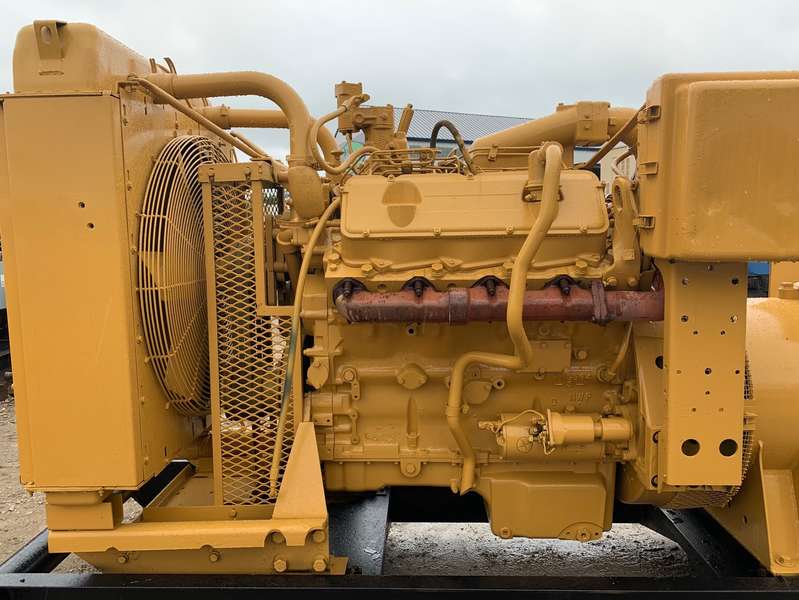
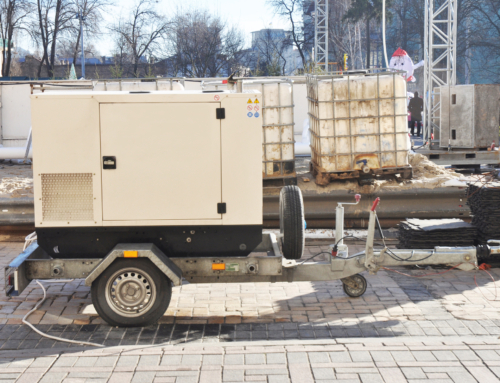
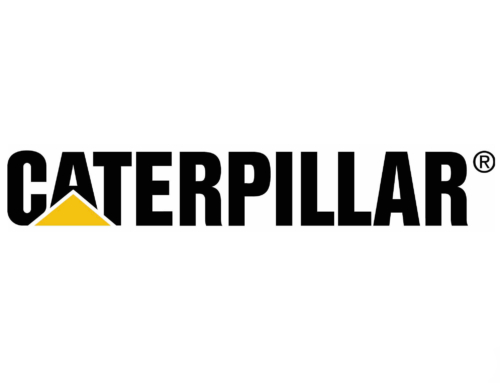
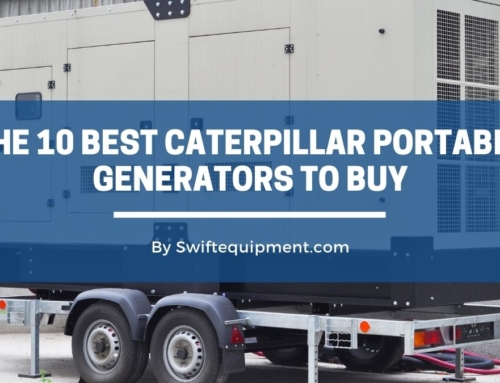

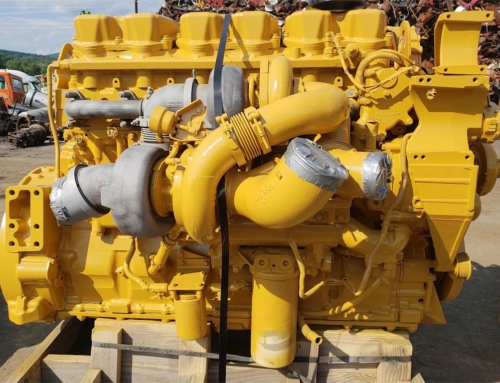
Leave A Comment